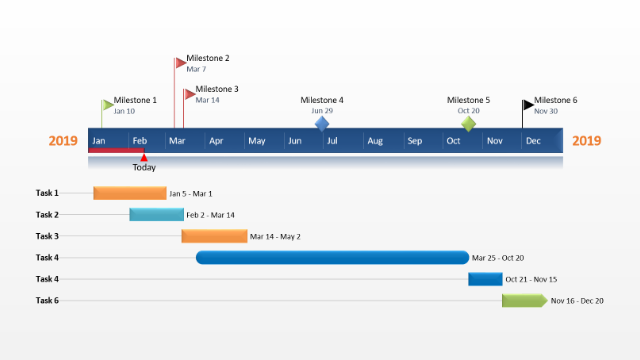During the course of a project, a project manager often finds himself having to make decisions to encourage the progress of the work. This almost always depends on contingencies that arise as work progresses or on pressures that come from the various project stakeholders.
The Right Projects
The resulting project choices require the search for compromises between what are the key variables, times, costs, resources, quality, risks.
In practice, this means that if, for example, it is requested at some point to bring forward the expected completion date, this fact will inevitably impact either in terms of an increase in necessary resources, or in an increase in risks, or in a decrease in the quality of deliverables, or in an increase in costs to compensate for the variants introduced. The use of the templates for project management is there now.
The Requirement
- When someone wants to add or modify something in the existing project plan, one should always evaluate the impact on all the variables of the project.
- If the change is significant enough, it will be necessary to trace the required project variants and document the decisions taken as well as the related responsibilities.
- This can allow management or the customer to decide whether the change is really appropriate.
Project management course
The same approach must be used when the changes to be introduced derive from the need to bring the performance of a project back in line with the initial specifications. Among the project choices, the most difficult ones certainly derive from pressure from important stakeholders on project times and costs. Time clock software can be extremely useful when it comes to tracking the amount of time spent on a particular project or task. If a portion of a project is taking too long, deadlines can be adjusted or the workload can be spread amongst other employees
The natural tendency is to accept uncritically these pressures which almost always go in the direction of reducing time and costs arbitrarily.
If a project manager does not ascertain the impacts of these requests in terms of the quality and the risks that derive from them, he inevitably ends up accepting passively a situation that can only turn against him.
Its role is not to oppose it. But simply to document the impacts of the project choices that are maturing and the responsibilities connected to them.
His attitude must be to raise awareness so as to enable everyone to make their own decisions responsibly and taking into account the project constraints. In a previous article, we focused on the advantages of having a project manager in small projects.
We now want to analyze some useful tricks in the management of small projects. Much of the literature on project management concerns the criteria for managing projects on a large scale and duration. However, small projects make up a significant percentage of the total number of initiatives carried out globally.
- In particular, it is important to highlight the possible precautions that can be taken to simplify these projects and avoid redundancies and rigidity.
- Applying complex methodologies, if, on the one hand, it guarantees rigor and controls, on the other, it ends up weighing down the work of small teams who have to complete the work in a few days.
Conclusion
It may, therefore, be advisable to streamline the management criteria, focusing in particular on safeguarding the constraints and the scope of the project, avoiding “scope creep” phenomena that risk killing this type of initiative.


